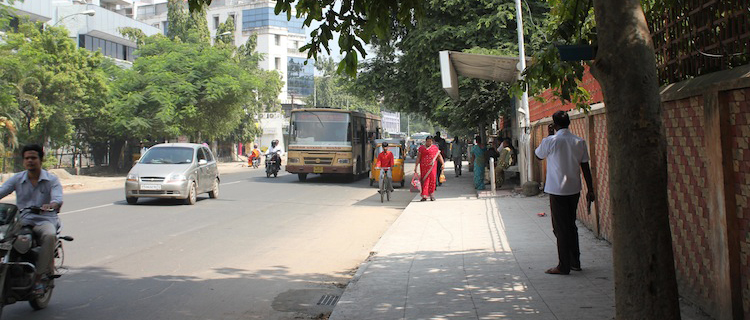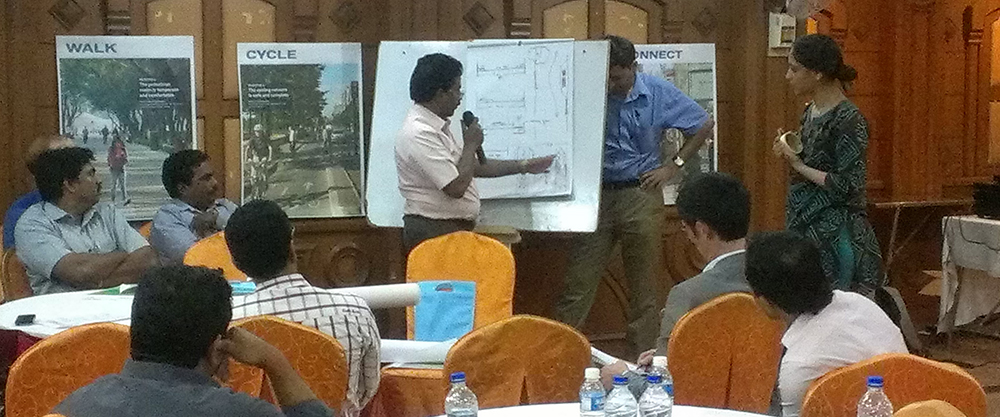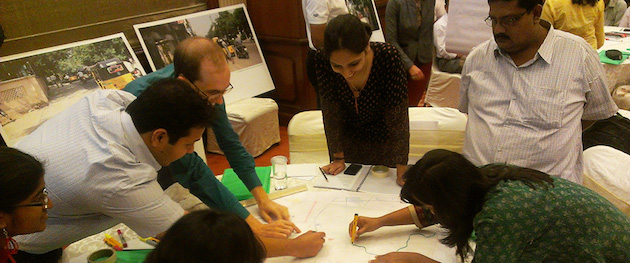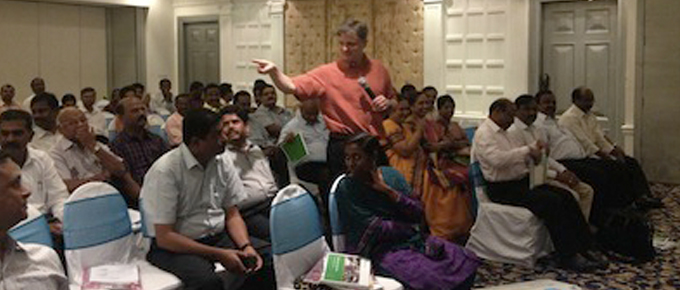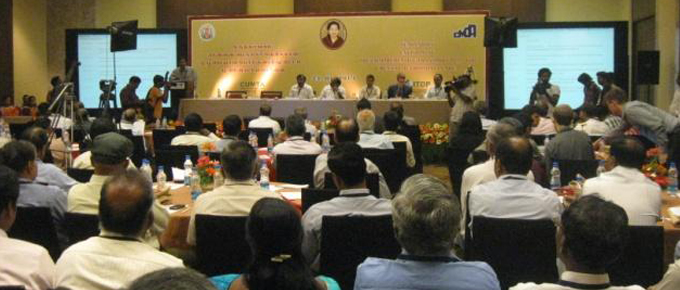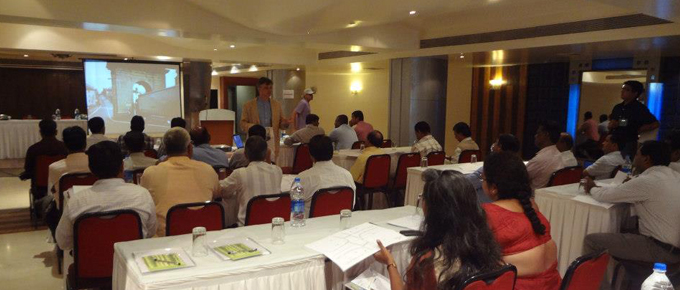With technical assistance from ITDP India, the Corporation of Chennai has implemented the first kilometer of a planned 30 kms of new, pedestrian-friendly footpaths. The footpaths are part of the larger vision established through Our Cities Ourselves (OCO) Chennai, a collaborative visioning program to imagine and achieve a more livable, equitable, and sustainable future. The new footpaths, primarily in the Egmore area of Chennai, formalize and expand sidewalks and areas for pedestrian traffic, making them safer and more accessible. The projects were implemented along heavily trafficked streets, including Police Commissioner Office Road, Pantheon Road, and Halls Road. By reclaiming space for pedestrians, the footpaths are an important step in making Chennai a place that prioritizes people over cars. The footpath design was guided by ITDP’s principles for street design, Better Streets, Better Cities.
Chennai’s new footpaths are just the beginning. ITDP India is working with the city to implement good pedestrian footpaths along all of the city’s bus routes, as well as build bikeways, protected bus lanes, and pedestrian plazas throughout the city. Using street design guidelines developed by ITDP for India, programs like OCO are creating a strong vision for the future, and giving us the tools to make it happen.




